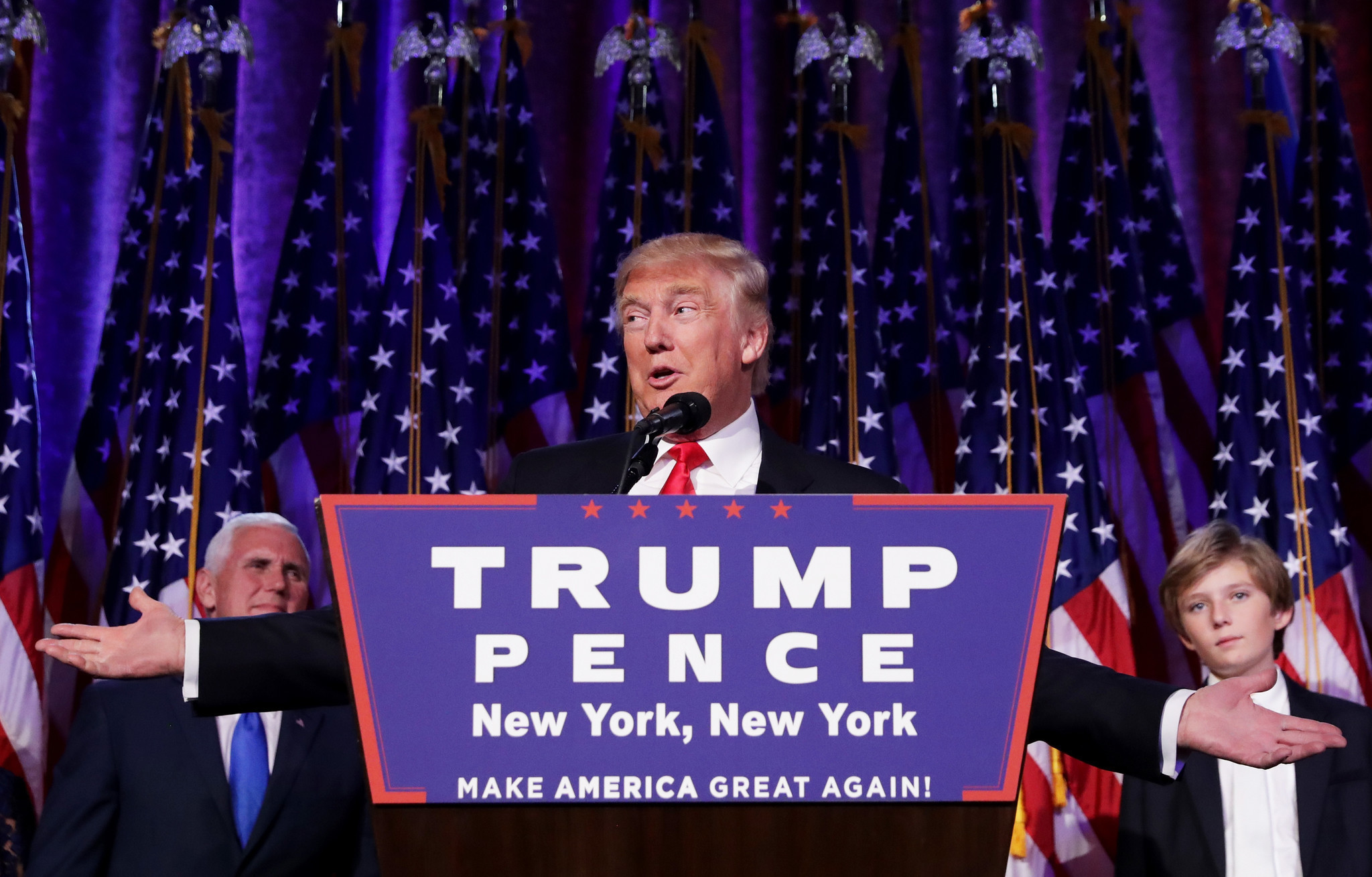Student-loan debt and tuition rates have continued to skyrocket in recent years, and the problem has evolved to the point of crisis according to the president-elect. In an October speech in Columbus, Ohio, Donald Trump addressed a crowd of millennials and talked a big game in regard to the loan crisis, though it may be one of his most believable claims yet.
Mr. Trump’s administration will take office at a time when student debt is over $1.2 trillion, and politicians on both sides of the aisle support an agenda for reform. Donald Trump, taking a business approach at running this nation, is likely to understand that student debt cripples the ability of an educated work force to invest in the economy.
In 2015, the Department of Education launched its Revise Pay As You Earn plan (REPAYE), which capped loan payments at less-than or equal-to ten percent of your income, and forgave remaining outstanding balances after 20 or 25 years (though you would still be taxed on the waived amount).
In the past, payment plans have had fixed rates and/or fixed rates of increase. REPAYE however, is what’s called an income-based repayment plan, and so far it seems to be the best idea we’ve come up with to mitigate the effect student loans have on the economy. Though you would wind up paying more money over 25 years (vs. ten years in the standard plan), the payments are much easier to make and decrease if your income decreases.
In his speech in Columbus, Trump laid out the rough edges of his debt plan, a system that would cap monthly payments at less-than or equal-to 12.5 percent and forgive outstanding balances after 15 years. These figures may work better than those of REPAYE, but as with many things Donald Trump says, the details have yet to be hammered out.
Many experts have come out in favor of these types of income-based systems, and believe the best approach for the future would be consolidating all borrowers onto one repayment system. However, there are still some issues to consider with income-driven programs.
First, loan worthiness would become based on earning potential, so students majoring in liberal arts may have a harder time getting financed. The same can be said for students enrolling in community college, as these students are statistically less likely to complete their studies and are therefore less likely to see a boost in income.
Second, income-based systems have been criticized as cantankerous, because borrowers are required to resubmit their income every year to determine their payments. But annual rectification may not be enough; you can get several raises in one year, or you could get fired and not be able to pay anything at all. Perhaps the best way to solve this issue would be making payments via payroll withholding, so the federal government would simply withhold 10 (or 12.5) percent of your income from each check. You wouldn’t have to reprove your income every year, and if you lost your job you would not keep receiving bills–this would require jumping through bureaucratic, hoops but it’s definitely doable.
On his campaign website, Trump said he planned to “ensure that the opportunity to attend a two-or four-year college, or to pursue a trade or a skillset through vocational and technical education, will be easier to access, pay for and finish.”
It sounds as though he means to expand federal loan coverage to students enrolled in trade schools, such as UTI. This is a good thing, because the US is facing a massive shortage in skilled labor (like welders, electricians and pipe fitters). Skilled labor often doesn’t earn as much as a college degree can, so giving these laborers an advantageous way to pay for their education may wind up being crucial to the future of the nation.
Donald Trump has been vocal about the federal government turning a profit on student loans. In 2013 alone, the government profited from loan interest to the tune of over $41 billion. “That’s probably one of the only things the government shouldn’t make money off of–I think it’s terrible that one of the only profit centers we have is student loans,” said the real estate magnet. He and Elizabeth Warren could probably talk at length about this point.

Donald Trump aims to fix this issue by getting rid of the federal government’s Direct Loan program. Before 2010, private banks issued federally-backed student loans, but the Obama administration revamped the loan process to allow the feds to issue loans directly. The switch saved to government billions of dollars.
Even though the government turns a profit on the Direct Loans program, knocking the feds out of the business could be bad news for students looking for low interest rates (which is pretty much all of us). For example, say the government finances the Direct Loan program on borrowed money at a rate of about 2 percent (which is a lower rate than anyone in the private sector can get). They loan this money to undergrads at a rate of 3.76 percent. In theory, the increased rate of interest was to protect the government against loan defaults; however, in practice, they have been profiting off of it.
The reason students should want to keep the Direct Loans program actually has nothing to do with the government profiteering; simply put, you won’t find any private sector loans at a rate of 3.76 percent interest, especially without the feds setting that as the standard. If Trump turns all student lending over to the private sector (which is the Republican platform), then it’s very likely that these loans will become much more expensive in the coming years.
From how it sounds, it’s likely that there will be ups and downs to Trump’s policies on student loans, but at least they’re on his radar. As usual with Trump (and I guess all politicians), it’s impossible to know what he plans to follow through on. However, it seems clear that he understands the importance of lifting the debt burden from students in order to make them contributing members of our economy. If Trump and his administration can revise and streamline the loan process, being a student in the US may become a lot easier in the coming four years.


















Trump’s student loan forgiveness plan is dangerous! It results in higher monthly payments! Borrower beware! Better to take advantage of the current plan we have under Obama before it’s too late…
http://washingtonmorningnews.org/62/student-loan-borrowers-must-take-action-before-trump-becomes-president/